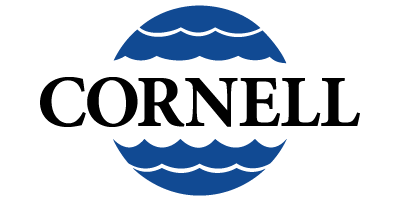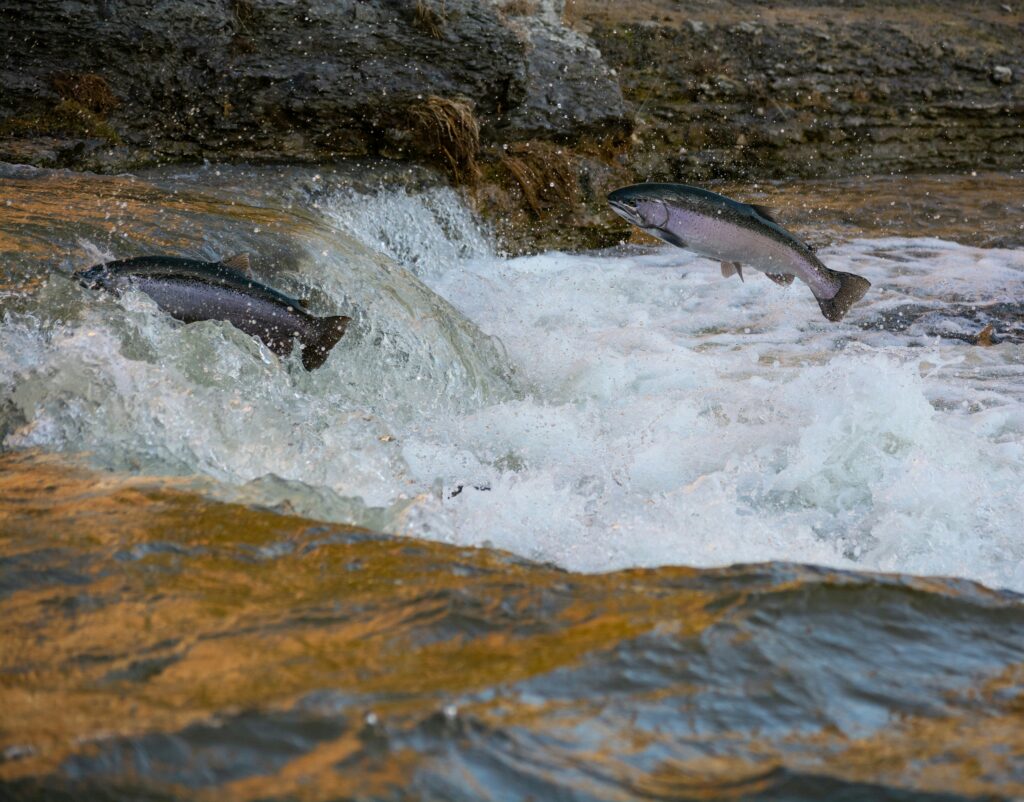At Cornell Pump, we’re proud to have played a part in helping salmon complete that journey. Our pumps and systems have been used in projects supporting fish passage and transport at major locations such as the Bonneville Dam on the Columbia River. In addition to Bonneville, Cornell equipment has been involved in moving salmon and other migratory fish safely from breeding ponds and hatcheries to rivers and tributaries across North America. Our offset volutes and other innovations allow us to pump fish 10 inches (25cm) long and longer through our pumps alive, to facilitate transport.
These efforts are critical to maintaining healthy salmon populations, supporting both environmental balance and local communities that depend on them. Cornell collaborates with engineer firms and environmental concerns to help fish overcome barriers and keep our waterways thriving.
Here are a few facts about salmon and this holiday:
- World Salmon Day began in 2015 to raise awareness of salmon conservation and sustainable fisheries.
- Salmon are anadromous, hatching in freshwater, maturing in the ocean, and returning to their birth streams to spawn.
- A single salmon run can cover hundreds of miles, with fish overcoming waterfalls, dams, and swift currents.
- After spawning, most Pacific salmon die, enriching rivers and forests with nutrients that support countless other species.
- Salmon are valued for their high omega-3 content and protein, making them one of the most popular seafoods in the U.S.
Today, we honor the partnership between engineering and nature—working together to keep rivers flowing, ecosystems balanced, and salmon thriving for generations to come.



